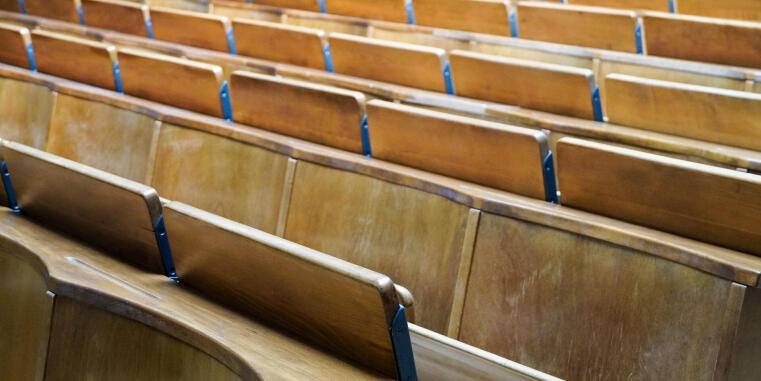

Allgemeines Physikalisches Kolloquium
im WS 2024 / 2025
Donnerstag, 16 Uhr c.t. Ort: HS 2, IG 1, Wilhelm-Klemm-Str. 10, 48149 Münster
10.10.2024 Prof. Dr. Hubert Krenner, Prof. Dr. Anika Schlenhoff, Jun.-Prof. Dr. Iris Niehues
Vortragsankündigung
17.10.2024 Prof. Dr. Pauline Gagnon
Vortragsankündigung
The tragic destiny of Mileva Marić Einstein
What were Albert Einstein's first wife’s contributions to his extraordinary productivity in the first years of his career? A first biography of Mileva Marić Einstein was published in Serbian in 1969 but remained largely unknown despite being translated first in German, then in French in the 1990’s. The publication of Mileva and Albert’s love letters in 1987 revealed how they lived together while two recent publications shed more light on Mileva Marić’s life and work. I will review this evidence in its social and historical context to give a better idea of her contributions. In this presentation, I avoid all type of speculation and do not attack Albert Einstein personally, but rather strictly stick to facts. The audience will be able to appreciate why such a talented physicist has been so unkindly treated by history.
24.10.2024 Prof. Dr. Svetlana Gurevich
Vortragsankündigung
31.10.2024 t.b.a
Vortragsankündigung
07.11.2024 t.b.a.
Vortragsankündigung
14.11.2024 Prof. Dr. Karsten Heeger
Vortragsankündigung
21.11.2024 Bernd Schmidt und Ali Sadeghi
Vortragsankündigung
05.12.2024 t.b.a.
Vortragsankündigung
12.12.2024 t.b.a.
19.12.2024 t.b.a.
09.01.2025 Prof. Dr. Karl-Heinz Kampert
Vortragsankündigung
16.01.2025 t.b.a.
23.01.2025 t.b.a.
30.01.2025 t.b.a.
